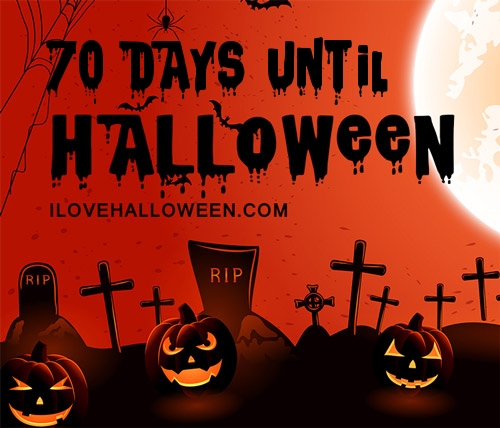Then, at the half-hour mark or so, Dr. Henry Jekyll was name-checked and he made an appearance soon thereafter. It took a while to get to him, but he's there. Mad science and monumentally bad ideas in the arena of werewolf curing ensue.
Dr. Jekyll and the Werewolf (aka "Dr. Jekyll and Werewolf Hyde") (1972)
Starring: Paul Naschy, Shirley Corrigan, Jack Taylor, Mirta Miller, and Jose Marco
Director: Leon Klimovsky
Rating: Six of Ten Stars
After saving a beautiful young tourist (Corrigan) from Transylvanian bandits, Count Waldemar Daninky (Naschy) is presented with an opportunity to rid himself of the werewolf curse that plagues him. The young woman is friends with the grandson of the famous Dr. Henry Jekyll, and he has continued the research and medical experiments of his ancestor. She is convinced that he will be able to help Daninsky, but once they return to London, the younger Dr. Jekyll (Taylor) and his work is endangered by a jealous assistant (Miller). Will Mr. Hyde walk the streets of London again, this time augmented by the savage might of a werewolf?
Of course, if you've seen at least one "werewolf/vampire/two-headed circus freak goes looking for a cure to his ailment," you know the answer to the rhetorical question above. Of course Hyde ends up running loose on the streets of London augmented by the might of a werewolf!
This film marked the sixth time Spanish actor Paul Naschy donned the werewolf make-up and hopped around while making snarly faces. It's the third I've reviewed, and so far it's the most accomplished of them all. Naschy is also better as his signature character Daninsky than I've seen him previously.
After a bit of a false start--one that is far removed from werewolves and Dr. Jekyll both--the film gets down to some really fun business of merging werewolf lore with Robert Louis Stevenson's classic novella. Unperturbed by the fact that every circumstance points to his grandfather's idea of unleashing a person's dark side being a really, really bad one, the new Henry Jekyll has continued along that line of study with a large helping of modern psychology thrown in. And now, by using the Jekyll Method to draw out Hyde just before the full moon rises, he then causes Hyde to turn into Daninsky instead of the werewolf.
I'm sure it makes a whole lot of sense, but it doesn't matter because it all gets messed up when his assistant stabs Jekyll in the back (metaphorically and literally), unleashes Hyde once and for all and becomes his partner.
(Although on the face of it, Hyde makes even less sense in this film than in any other I've seen. It makes perfect sense he'd be a Victorian-era scoundrel and sex pervert in films set during that period, but why would he manifest himself that way from Daninsky's dark side in the 1970s?
And things go from bad to worse when Jekyll's werewolf-supressing formula wears off and Hyde transforms into a werewolf in a crowded disco and starts maiming the crowd. It's one of the film's best moments... exceeded only by the earlier one where Daninsky gets stuck in an elevator shortly before the full moon is about to rise.
In the end, the film resolves itself in a fairly predictable way that tie loosely back to the extraneous half or so that opened the film and which tries to interject a little romantic tragedy into the film. It feels a little forced, but it does provide some additional texture to what was otherwise unfolding like a "oh crap, the run-times almost over... better wrap this puppy up!" final few minutes.
While not quite as crazy as "Fury of the Wolf Man" or "Werewolf Shadow" (both reviewed here), it is more coherent and as good as some of the Universal Larry Talbot monster-mashup from the 1940s. (And those films are clearly what the creators of the Naschy films are drawing for inspiration; are there any of the Naschy werewolf flicks that don't mix in villains or elements from other horror subgenres?)
If you liked the classics with Lon Chaney Jr., I think you'll like "Dr. Jekyll and the Werewolf".



















No comments:
Post a Comment